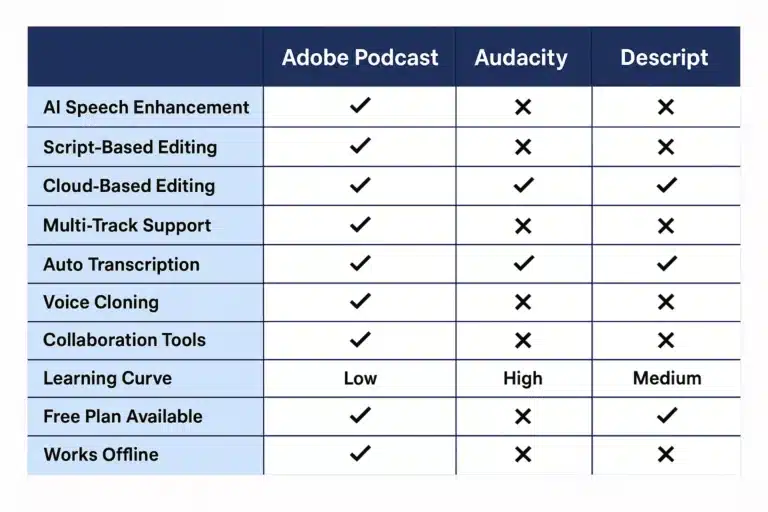Podcasting has become a popular and accessible way for people to share their stories, ideas, and knowledge with a global audience. But before you can start sharing your content with the world, you need a reliable and efficient way to host your podcast. This is where podcast hosting platforms like Buzzsprout come in. In this article, we’ll explore everything you need to know about Buzzsprout, including what it is, how to use it, and why it might be the best choice for your podcast.
What is Buzzsprout?
Buzzsprout is a podcast hosting and distribution platform that helps podcasters get their content out to the world. With its simple and intuitive user interface, Buzzsprout makes it easy for anyone to start a podcast, regardless of their technical experience. Some of the key features that make Buzzsprout stand out from other hosting platforms include:
- Easy setup: You can get started with Buzzsprout in just a few minutes, without having to worry about technical setup or website design. Simply upload your audio files, add some metadata, and you’re good to go!
- Podcast hosting and distribution: Buzzsprout will host your podcast for you and distribute it to all the major podcasting platforms, including Apple Podcasts, Spotify, and Google Podcasts.
- Detailed analytics: Buzzsprout provides detailed analytics and statistics to help you understand how your podcast is performing and make data-driven decisions.
- Dynamic ad insertion: If you’re looking to monetize your podcast, Buzzsprout makes it easy to do so with its dynamic ad insertion feature. You can insert ads into your podcast and earn money from your listeners.
- Automated transcription: Buzzsprout can automatically transcribe your podcast for you, making it easier for people to search and find your content.
How to Use Buzzsprout?
Now that you know what Buzzsprout is and what it offers, let’s take a look at how to use it. The process of getting started with Buzzsprout is simple and straightforward, and can be done in just a few steps.
So why choose Buzzsprout over other podcast hosting platforms? Here are some of the key reasons why Buzzsprout might be the best choice for your podcast: User-friendly: Buzzsprout is designed with ease of use in mind, making it a great choice for


